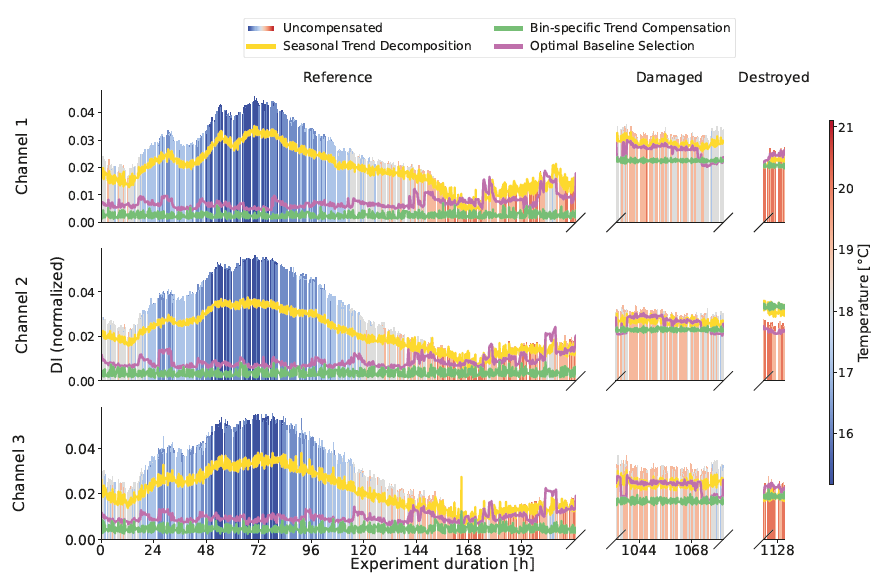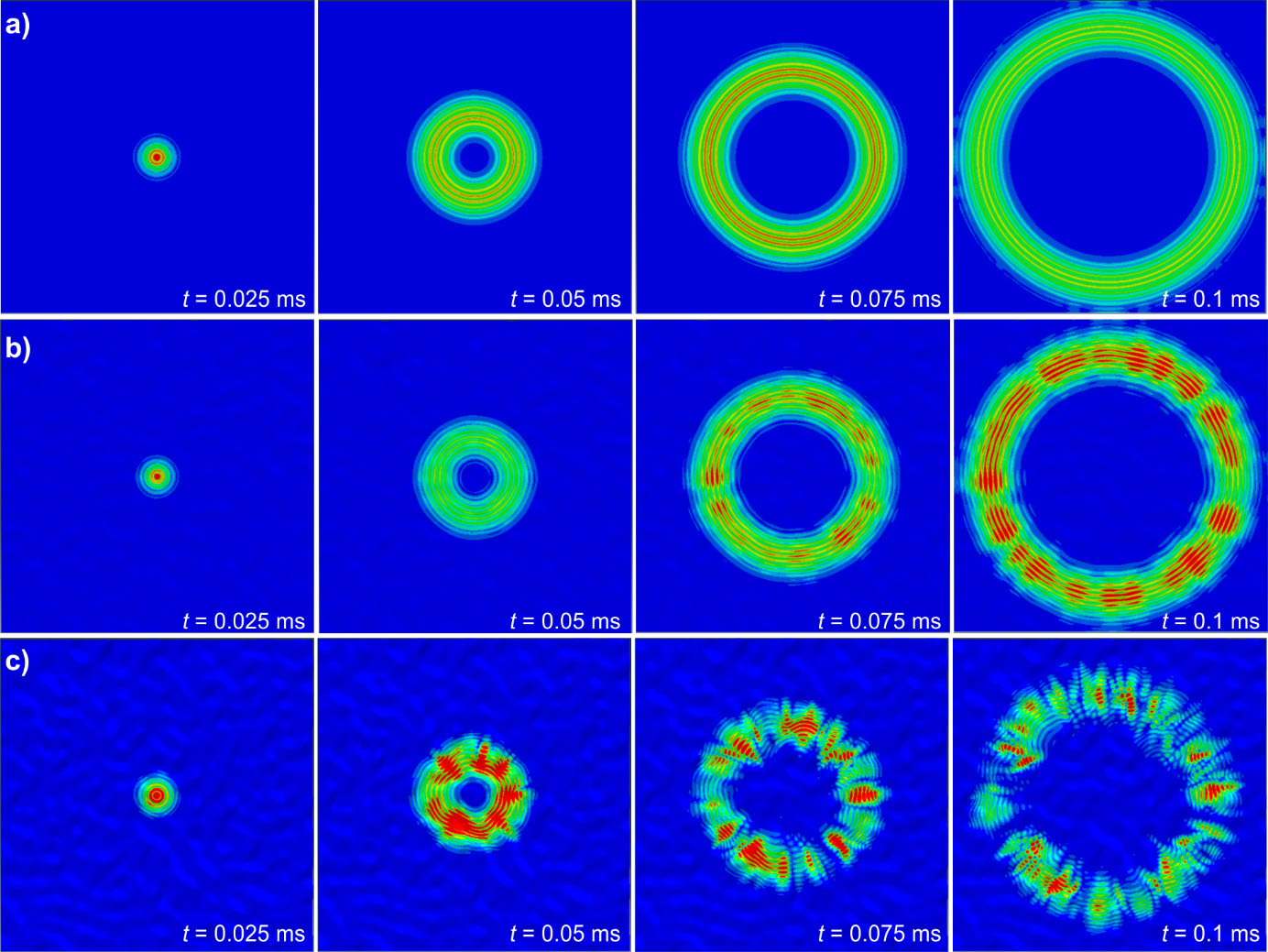The detection of rain using mm-wave radar has been demonstrated in our recent research. Numerical simulations were able to model the experimental measurements. A journal paper was accepted in IEEE Journal of Selected Topics in Applied Earth Observations and Remote Sensing.
Abstract:
Radar technology in the mm-wave frequency band offers many interesting features for wind park surveillance such as structural monitoring of rotor blades or the detection of bats and birds in the vicinity of wind turbines (WT). Currently, the majority of WT are affected by shutdown algorithms to minimize animal fatalities via direct collision with the rotor blades or barotrauma effects. The presence of rain is an important parameter in the definition of those algorithms together with wind speed, temperature, time of the day and season of the year. A Ka-Band FMCW radar (33.4-36.0GHz) installed at the tower of a 2 MW wind turbine was used during a field study. We have observed characteristic rain-induced patterns based on the Range-Doppler (RD) algorithm. To better understand those signatures we have developed a laboratory experiment and implemented a numerical modelling framework. Experimental und numerical results for rain detection and classification are presented and discussed here. Based on this work, a bat- und bird-friendly adaptive WT control can be developed for improved WT efficiency in periords of rain and, at the same time, reduced animal mortality.
More information:
Taremi Zadeh, A.; Mälzer, M.; Simon, J.; Beck, S.; Moll, J. & Krozer, V., Range-Doppler Analysis for Rain Detection at Ka-Band: Numerical and Experimental Results from Laboratory and Field Measurements, IEEE Journal of Selected Topics in Applied Earth Observations and Remote Sensing, 2020; DOI: 10.1109/JSTARS.2020.2975281
Download paper:
Link to open access publication: https://ieeexplore.ieee.org/document/9025270


